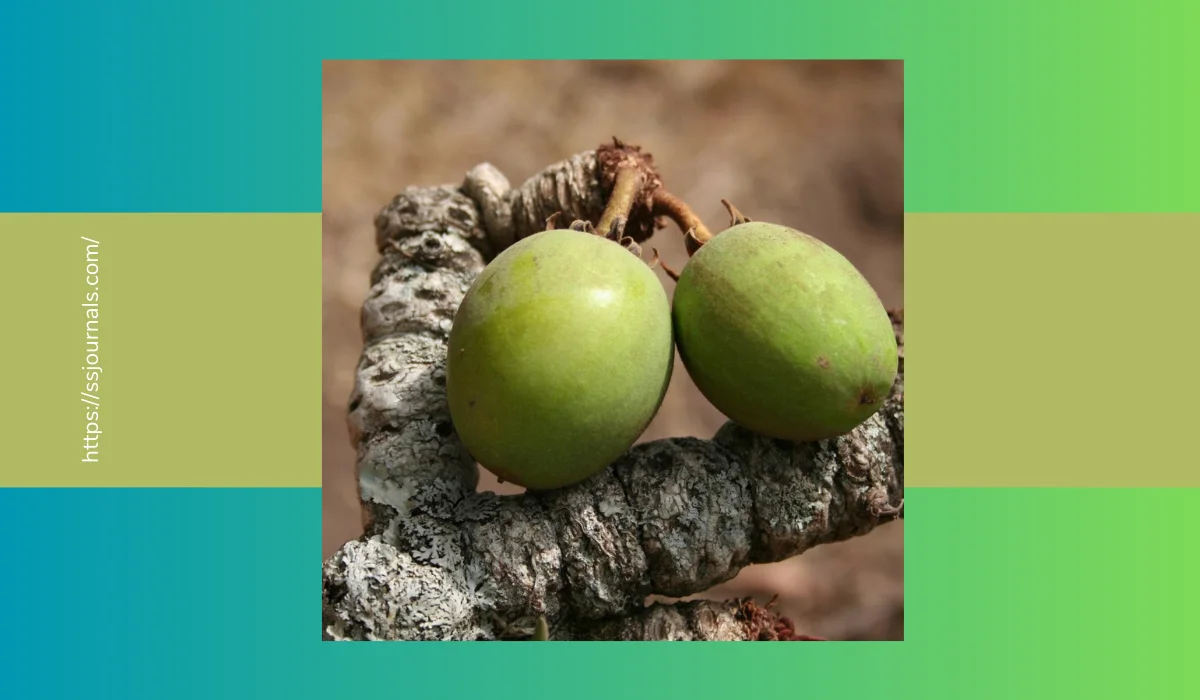More than shea nut, you might be more familiar with Shea butter which is one of the main in a lot of body care lotions, moisturizers, and so on. Apart from their hair care and body care benefits, there are also a couple of other advantages for shea nuts in the overall health and wellness of human beings.
In this article, you will be getting to know more about shea nut and its range of varied uses and side effects. We would also be comprehensively discussing the derivation of shea butter from shea nut and the relationship between the two. The differences in their individual qualities and properties will also be discussed.
What is a shea nut?

The Shea nut tree from which these nuts have been obtained is native to Africa, but the popularity of these nuts has made it a thing used by people across the territories. These trees are seen in plenty, especially in the Savannah Belt region of West Africa. They grow mostly in dry and hot climates. The richness of oil found in its seeds is the best quality of shea nuts making it loved by people with dry skin conditions.
Even those who are struggling with issues like sensitive skin are also making the best use of shea nuts or formulations such as body butter, body lotion, face creams, etc. made out of it. Along with the cosmetic importance of shea nuts and shea butter, it is also equally important that you know about the pharmaceutical importance of the nut. This aspect of shea nut is again making it a requirement across the globe.
Various branches of traditional and modern medicine are making use of these nuts and butter in order to treat various health conditions and issues. It is also being used in various recipes and processed food items to improve the texture and consistency of the same since shea nut is quite rich in its oil content. Shea nuts can be processed to make shea butter and shea nut oil.
The shea nut oil is edible and can be added to your various recipes. It can also be used to give oil massages to your body skin, scalp, and hair. Shea nuts are also known for their potent antimicrobial properties and nourishing qualities. However, processing shea nut in order to make its various derivatives is quite difficult and requires a lot of manual labor effort. That is the reason why the economy prefers less processed shea nuts over its highly processed derivatives.
What is shea butter made from?
You might have already got an answer for the same from the above. The oil obtained from shea nuts undergoes further processing and thus shea butter is made. Shea butter is one of the most processed forms of shea nuts and hence the most expensive form. While shea nut oil is mainly used in the food industry, shea butter is primarily used in the cosmetic industry for a lot of different cosmetic concerns.
3 best Uses of Shea Nut
1. Moisturizer
This is one of the most popular uses of shea nut in cosmetic concerns. If you find it difficult to find the right moisturizer for the dry areas of your body such as knees, elbows, and feet, shea butter can be the option you can ever think of.
Apart from that, shea nut oil or shea butter are non-comedogenic moisturizers. Hence, people with oily and acne-prone skin conditions can also make use of these moisturizers without clogging their pores. Apart from that, massaging shea nut oil on your body before your shower can also be immensely helpful especially if you are someone with dry skin condition.
2. Nail conditioner
This is another major benefit of shea nut and shea butter. You may apply a small amount of this nail conditioner and then give a good massage to the cuticles and skin surrounding the cuticles. By doing this on a regular basis, you would be able to maintain good health of your fingernails and toenails and also protect them from all kinds of possible infections. The antimicrobial properties of shea nuts and its derivatives such as shea butter and shea nut oil can act quite beneficial in this context.
3. Sun protection
If you are someone who is always out in the scorching sun, shea butter and shea nut oil can be beneficial to you by giving you an extra layer of protection from the harmful UVA and UVB rays along with your regular sunscreen lotion. However, it is also important to note that just applying Shea nut oil or shea butter and skipping your regular sunscreen or sunblock can do almost nothing.
Hence, it is vital that you understand shea butter as a bonus sun protection and not as something that is sole and can protect on its own.
Shea Nut; Side Effects
On a general note, shea butter and other shea nut products are considered quite safe for human consumption and topical application and it is also regarded as one of the most appropriate moisturizers for people with dry and sensitive skin conditions. However, some people may experience issues such as itching, rashes, and redness, after getting contact with shea nut products.
Some may also experience issues such as nausea after consuming shea nut oil, even if it is a food-grade oil. Weakness, dizziness, and headache are some other issues experienced by people after the consumption of the same. Apart from that, there are also people who feel slight abdominal pain if they consume the food derivatives of shea nuts.
Also Read: How To Make Flavored Sea Moss Gel? All You Need To Know
Wrap Up
Now that is all you need to know about shea nut, shea oil, shea butter, and its various other derivatives. The key is to do a patch test before topical application and have a relatively smaller amount before consuming it in larger quantities in order to check how your body is responding to this particular nut. If you do not notice any significant negative effects, make the most out of the nuts in various forms.

